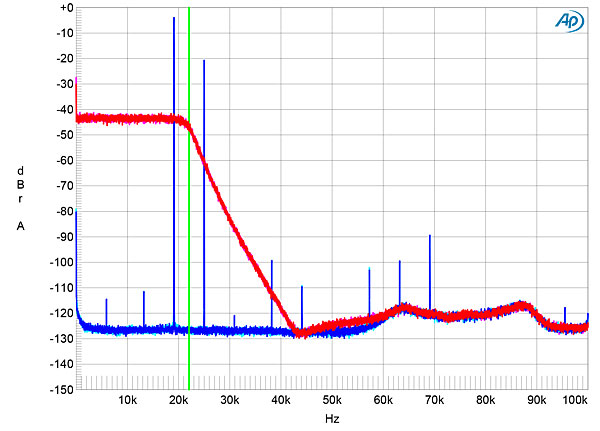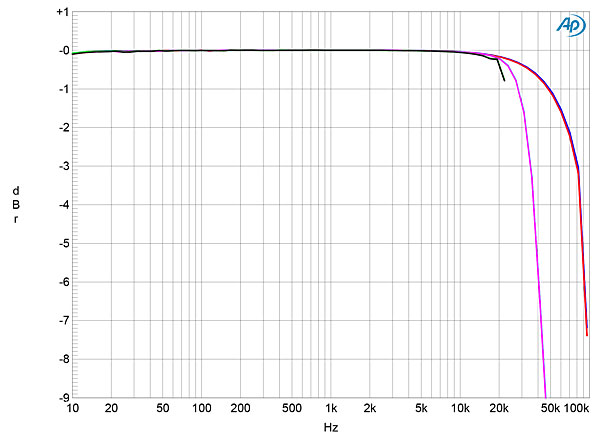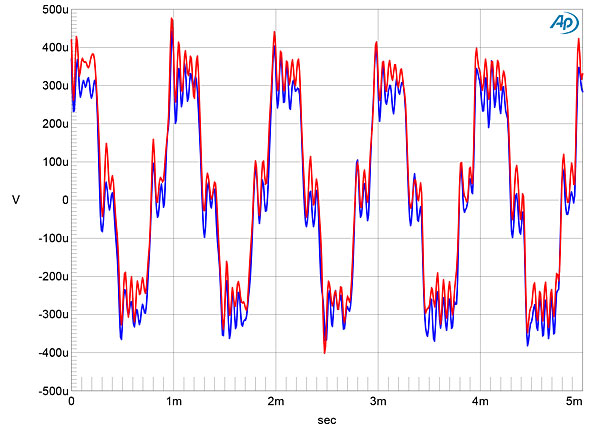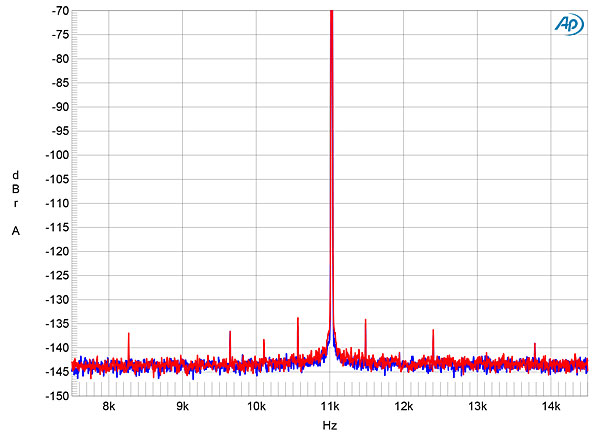| Columns Retired Columns & Blogs |
Geez, I've loved Meridian since the early 1980's. I've Imported Meridian, Retailed Meridian and Owned Meridian. Unfortunately, I had miserable marketplace success with Meridian, phew, why?, I sort-of blamed the "Audiophile-nervosa" syndrome that permeated the USA ( and still does ).
Now, the early part of the 21st Century, Bob Stuart is becoming the very KING of Digital Audio.
I still have my love for Meridian.
Congratulations Mr.Stuart, it was a looooooong time coming but certainly earned.
I wish this lovely device had a price like the Mytek ( which should've been on the Front Cover instead of that ML "to die for" piece )
Tony in Michigan






















































